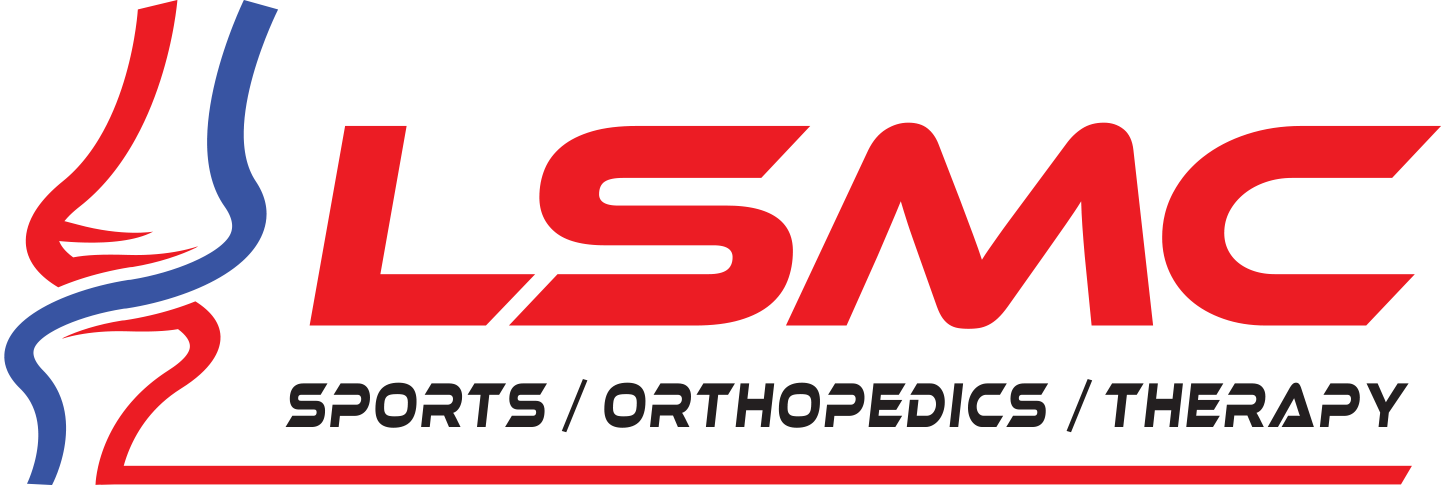“SWIMMING IS AN endurance activity, even when training for the sprint events, which means that swimmers are prone to overuse injury,”
says Daniel Vigil, MD, Health Sciences Associate Clinical Professor at UCLA, and team physician for UCLA Athletics.
Swimmers at the elite level may swim up to 9 miles per day (that’s over 2,500 shoulder revolutions) 6 days a week, per research published in Sports Health: A Multidisciplinary Approach. Despite having a killer physique and natural taper (broad shoulders, thin waist), they’re arguably some of the most overtrained athletes. But even those at the recreational or intermediate level (both swimmers and triathletes) can experience aches and pains.
What Are the Most Common Swimming Injuries?
About 90 percent of swimmers’ complaints pertain to shoulder pain, according to research published in Clinics in Sports Medicine. It makes sense. The sport is upper-body-centric, even though there are nuances in stroke, so that body part is the most overused.
More often than not, injuries include rotator cuff impingement (a.k.a. swimmer’s shoulder)—when your tendons get inflamed and pinch as your arm lifts. Biceps tendinitis is also common; your upper tendon becomes irritated and can cause pain when you lift your arm in certain directions.
Swimmers who primarily do breaststroke are more apt to suffer knee and hip injuries, as well as back problems, including bulging or herniated disks in the lower spine.
What Causes These Injuries?
“As with most overuse injuries, affected swimmers are usually the victims of having violated the ‘Rule of 2’s,'”
Vigil says:
- Too much (swimming more yardage or time than your body is fit enough to withstand)
- Too soon (swimming too frequently without allowing enough time to recover from the previous swim workout)
- Too fast (swimming too aggressively/intensively for what your body’s fitness can tolerate)
Shoulder instability can fail to keep the ball within the socket, resulting in fatigue and weakness of the rotator cuff and surrounding muscles, leading to injury.
What Are the Best Prevention Methods?
Proper Technique/Stroke
“Another important aspect of ensuring proper biomechanics is proper stroke technique in the water, “Vigil says. “Now, while this is best accomplished by employing the guidance of a swim coach,” Vigal says there are some simple things you can employ on your own. For example, make sure you enter the water with your finger tips first and press directly back behind you (like a catch and pull).
Cross Training
“A regimen of land-based exercises to help ensure proper shoulder mechanics is recommended for all swimmers,” Vigil says. The most fundamental part is strengthening your shoulders’ rotator cuff muscles.
Do moves like alternating dumbbell press (for stability through the shoulder joint), lateral lunges (to open and rotate the hips), and pullups (to build strength and mimic engagement and extension through your shoulders, lats, and back). Read The 10 Best Exercises for Swimmers for more moves and a recommendation on how to incorporate them in a weekly routine.
Rest and Recovery
Take a few days off per week from swimming to allow for recovery. If you’re not a competitive athlete, you don’t need to be in the water every day; in fact, this is counterintuitive to your training since you severely up your odds of injury. Get sufficient sleep at night to ensure your muscles are recuperating, apply ice and/or heat when you’re particularly sore, and don’t hesitate to meet with a physical therapist to come up with an injury prevention strategy.
Lessen Repetitive Motions<.h3>
“Risk of overuse injuries can be decreased by varying your training program,” Vigil says. Incorporate the three basic strokes (freestyle, breaststroke, and back stroke) rather than sticking to the same one all the time.









